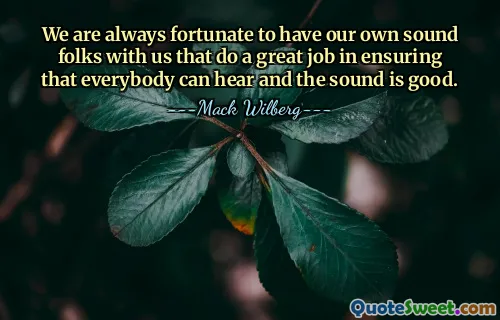
A lot can be said with just a look, or the way the body moves. Each song is a different character. So each song takes on a different movement of the body. And the body has to go with the subject and the attitude that you have toward that subject.
This quote highlights the profound power of non-verbal communication and the importance of body language in expressing emotions, intentions, and character. Body language often communicates more than words do, offering subtle cues that help convey mood, attitude, and authenticity. The analogy of music and movement emphasizes that each context or 'song' requires a different rhythm, gesture, or posture, aligning physical expression with the internal message one wishes to project. For performers and speakers, controlling and understanding their movements becomes crucial in giving life to their words and reinforcing their message. It also reminds us in everyday life how much influence our body posture, facial expressions, and gestures hold in conversations and interactions. When we say something with a smile, a frown, or a look, it can shift the entire meaning and the perceived sincerity of our communication. The attribution of a 'character' to each song underscores the idea that body language should be intentional and tailored to specific situations and emotions. By consciously aligning our physical expressions with our attitudes and subjects, we can foster clearer understanding and more genuine connections. In a broader sense, this underscores the inseparable link between mind and body—the way we feel and think is often reflected through our physical presence. Awareness of this connection can lead to more authentic interactions and a greater mastery of personal expression, important in both artistic pursuits and daily conversations.











